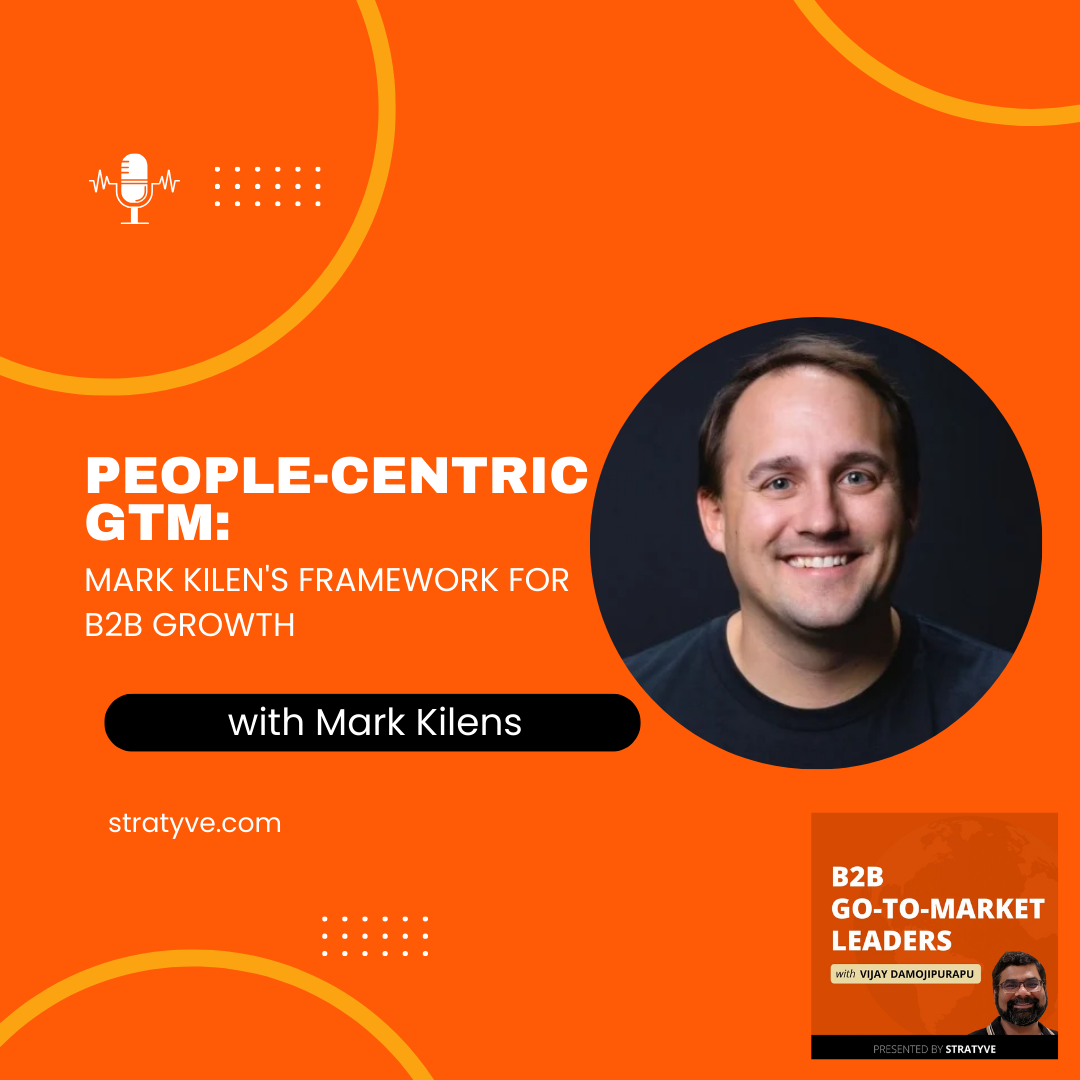
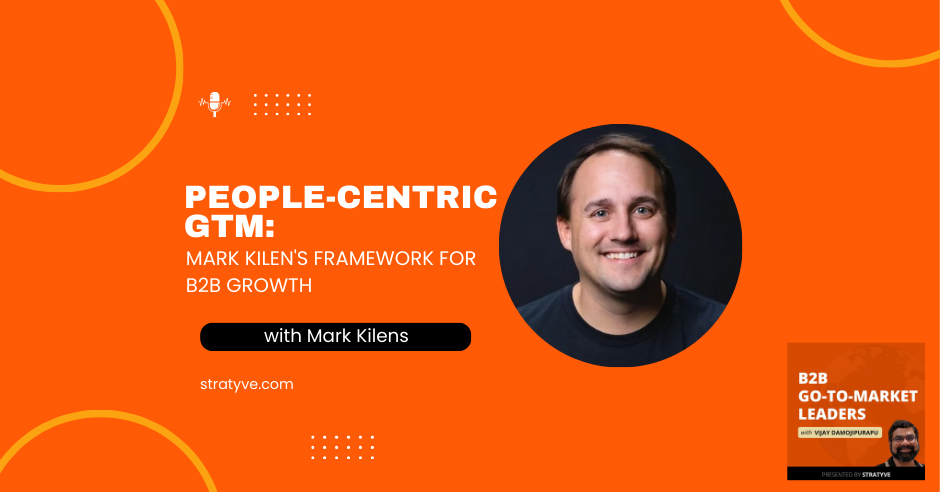
What’s the secret behind crafting successful go-to-market strategies that stand the test of time and market shifts? In this episode, Mark Kilens, people-first GTM champion, shares how do you align customer problems with product offerings amidst the rapid commoditization of software development, and what role continuous learning plays in this ever-evolving landscape. Join us as we unravel the mysteries behind sustainable marketing, experimentation, and the pivotal role of people-first approaches in activating exponential growth for brands.
Listen to the podcast here:
People-Centric GTM: Mark Kilen’s Framework for B2B Growth
Why don’t we start with the signature question, which is, how do you view and define go-to-market?
For me, it’s pretty simple. It’s obviously not, but the way you define is pretty simple. You’re just trying to match people’s problems and products. That’s it. Right? I mean, it’s it’s much more complex than that. But at a minimum, if you don’t focus on those three things, and focus on executing those three things really well. On the people side, the problem side, and the product side, you’ll have you’ll have some tough times.
No, I agree. I like the way have you simplified it. It is Yes, three things, which are people, then problems, and then the products, right, and you start with the people first and then their problems. And yeah, once you get into the mechanics and the machinery of what is go to market, then you need to bring in the different parts of the organization. It’s product marketing, sales, customer success, tech, everyone in between, and more
A lot of moving pieces, a lot of it’s very complex, it’s more complex. You know, how big the organization is, you know, obviously, based off what you sell, how you sell it, who you sell it to super important. Yeah, it’s, you know, it gets complex. I do think, though, that the CEO should ultimately be the one to always decide on the most important go-to-market decisions, they are the person running the go-to-market. Usually, the CMO, maybe CRO, is the one that is going to be the closest partner to the CEO to make sure the go-to-market plan that they design and the decisions they’ve made. gets done.
Yeah. And then so many things, I’m sure we’ll double-click on all of those things in our conversation the next 45, 60 minutes or so. Pretty cool. So let’s take a step back. Why don’t you introduce us to the person Mark? I mean, forget the go-to market and the leadership stuff and the leader and what do you do as a professional? But But who is Mark? And what is what has been your career journey like so far?
Yeah, I live in Massachusetts, I have two young kids, and another one on the way. Been b2b go to market for about 17 years now. The longest stint was almost nine years at HubSpot. Yeah, then I joined three other companies before I started my own thing, but seven months ago, can’t please only been seven months feels like two years, but seven months ago called Tack. Yeah. And yeah, I mean, it’s it’s all about continuous learning. For me, it’s, if you’re not learning, that is a problem. And I don’t really care who you are. I really think that’s true. I mean, the reason why you are probably so happy as a child, for the most part, is you’re always being exposed to new things, new learnings, new adventures, new people, new subjects, all these things. So for me, learning is foundational to a person’s well-being and happiness. So I’m always seeking out how to learn.
Very cool. Yeah, I’m looking at your LinkedIn profile. You started at Sales Quest as a research analyst. Well, therefore, what two years, four months, and then you grew into an on your brought into or grew into the role of director of marketing were there.
I mean, I was a bootstrap startup during the great recession, you kind of do anything you can write and that’s how I found out about HubSpot. I went to Google and typed in how to generate more leads. You can guess what came up HubSpot I used HubSpot for a little bit was like, wow, this is going to transform the industry. I think inbound marketing is going to be huge. The assumption was right after all through the teamwork of 10s of 1000s of people who made that happen. But yeah, I mean HubSpot was an incredible experience. You know, the 140th employee I left there’s 3000 people so helped to kind of go from 15 million to 600 million in revenue. Joined a company founded by two HubSpot leaders. It was actually the two people who founded Pavilion. At drifts, you know, 25 million to 90 million in like three years, you know, private equity firm acquired us for a nice valuation. And then did a quick stint as a CMO of an early-stage 5 million or so dollar company called AirMeet. And then I just saw this opportunity in front of me and I was like, I gotta do this other opportunity. The time is right, the market is saying that this kind of time is right. And I think from here, I’ll probably go on and probably build some software at some point, we definitely have some ideas brewing and whatnot. But the way in which you build software today is being disrupted. So yeah, we’re not going to build it. I’d say the ways in which I saw at HubSpot or Drift even because it means, I’m not a coder, but I now can code which is pretty cool.
Very cool. Yeah. Yeah. I mean, I was working on helping out my son, my younger one, for one of their, Lego League projects. And one of the things that’s required is doing a community, project that helps or shows impact in the community. Right. And what I’m helping him do is he, whether he’s like a fifth grader, so 10 years old, so he’s not into coding yet. But just the ease with which you can bring together and stitch together like markups. And the flow in a matter of 15 minutes is amazing. So it’s a no-code platform. And he was able to do it in 15 minutes. So to your point, yes, we quote-unquote, marketers, we are not coerced by designers by profession. But with the advent of like, low code, no code platforms, and AI Gen, it definitely makes our lives easy, for sure.
Oh, Yeah. I mean, that’s where like, you know, if your only differentiation is software, you’re in big trouble. You know, you know, at a minimum, you’re gonna need something else like brand or data, or some type of proprietary distribution. You know, the most famous one, is Google buying apples, right? I mean, you know, you need you need something. Because yeah, creating software is only going to get easier, just like how starting a business has gotten so easy in the last 10 to 20 years.
Yep. And software is going to be more and more like a commodity. It’s eventually the brand that really differentiates and why buyers are attracted to you, right, the best, or most recent example that comes to my mind is liquid IT. They’re amazing in terms of what they’re doing in terms of brand building brand awareness and attracting their consumers. And at the end of the day, if you look at the product, it’s nothing Wow, our mind. It’s not like a major invention, right? It’s flavored water at the end of the day. But what they’ve done with their branding, and the messaging, and they’ve actually created more than just a committee, it’s almost like a movement.
Well, just people first go to market. I mean, people are gonna be your key differentiator. It’s always been that way. But, you know, you just kind of forget it to some degree. And I mean, if you think about Nike, what is Nike’s most important differentiator people Michael Jordan?
Yep. Exactly. And talking about that, yeah, I’m reading this book, Shoe Dog. It’s phenomenal in terms of just hearing and listening to his story, the struggles, early struggles, and then how Phil Knight has built is a huge lesson in itself.
Yeah, and of course, early days, there’s always like, these advantages you can find, right? There’s, I mean, you know, to be a good business owner, it’s not just people, I mean, there’s true economics behind that you got to you gotta find, you know, find the advantages and how you actually either, like build the product, you know, distribute the product, what the product does, right, like how it works, but that means Yeah, everything at some point, there’s a spectrum of commoditization, right, so it’s going to get ripped off commoditized or whatever enough.
Yeah, yeah, for sure. Let’s go back to your career trajectory, something that pops into my mind and which is unique, and its kudos to you is, that you have a knack for picking the right opportunities, the right companies especially when it comes to HubSpot and rest. So what is your if you have a formula, and you want to share it with our listeners, like what is your founder in selecting a role and company?
Are the big problems in the right people? I mean, it’s it goes back to those three things, problems people, and then if you know if those things align, you’ll figure out the product. So yeah, I think everything boils down to like, pretty much in the startup world. Yeah. People and problems decide the market both people being like, who could you be? Who could be your customers but also, who will you be working with? Who is creating the brand and the products? Who doesn’t go in under the who’s hiring? David Ken’s first hire at Drift, when they started, was a recruiter super deliberate. He worked at performable, at HubSpot. So yeah, I mean, it’s I think I think it´s those two things.
Very cool. Early in your career, you have gravitated towards more of the teaching side of things like the academy at HubSpot, and then content and community at Drift.
I mean, everyone is a teacher, I think this is where like the word education teaching community content saw it, I mean, you know, a, my opinion is a good marketer is just a good teacher, at the end of the day, right? You know, Liquid Death is teaching you that you want this thing because they’ve, they’ve trained your mind. And through the use of psychology, human psychology, behavior analysis, right? Who resonates with you, in some way? And they’re teaching you that, most likely subconsciously, through those efforts, right? They’re saying to you, either through someone you already respect or trust that is drinking Liquid Death. And that person is teaching you most likely, again, in this example, probably subconsciously, that you need or want both, you need water. So that’s never mind, knees out the door, you want that type of water. And here’s why you want that type of water because it means something to you. I mean, it’s every salesperson is just the teacher at the end of the day, just the good ones. I mean, you know, there are obviously exceptions to that. But I learned that I thought through my time at the University of New Hampshire, studying a ton of different things, I changed majors five times, and I was very restless with what I wanted to do. And you know, I even did undergraduate research for a year and it was published through one of the professors who used to be the dean of the business school there. And, you know, I spoke at a conference as an undergrad, remember this vividly about the research we did. And that just showed me all of that, like the importance of education, the importance of teaching other people how education outside of say like the weather and the money and money is was one of the top five if not like, the third most powerful thing? In the world. So yeah.
Yeah. So what are the techniques? I know, we’ll get into maybe probably in maybe a GM success story or failure story, right? What are the techniques that come to your mind Mark when it comes to growing? Inbound at an academy? Or how do you grow a community? Like, what was your thought process like and how did you gravitate towards that? And what did your higher-ups saw that, Hey, Mark, is the right person right fit for this role?
Well, I mean, it was HubSpot was an experiment. I mean, that was that was me using customer empathy to its fullest. I was a customer. I saw a problem. HubSpot needed to do more to support its customers, there was an opportunity to teach more people how to use HubSpot, the software plus inbound marketing, to get better business outcomes. I joined HubSpot with the idea, idea that I was going to actually do it, I realized quickly the culture that Domitian and Brian created, which is exceptional, allowed for that, especially at that time of the company. So I just worked nights and weekends and built it up with the help of people around HubSpot. It was like four months into joining Hub Spots, five months in, I started working on it. And then just pursued that for a year and a half and just showed two things. business value.
So what was the value to the enterprise that was HubSpot, you know, they call it or maybe they still do an EV enterprise value? And then CV customer value. What was the value for the customers? And that’s it right? And you built it through a deep partnership with customers through the voice of the customer, you know, it’s like, and that’s where a lot of founders get stuff wrong and how they do their go to market. How did they their product, they just built it like in their own mind or their own team and you build it with other people. That’s by the way how you build a community if you actually want to start a community. You build it with other people. So like, Yeah, I mean, I look back and I don’t think anything I did was like remarkable, quite frankly, I just it’s relentless execution. I don’t think a lot of people spend enough time pursuing something for you know, two years, three years it takes to pursue something to see really great results, you know, you can’t give up after a year. Definitely not. Unless you’re extremely lucky for it to hit. And even after two years, you know, you need more time. So you have to dedicate time to things. And then that’s I think one of the downfalls that people just make is they just don’t spend enough dedicated consistent effort on something.
Yeah, I mean, a couple of thought process topics, we can dive into. To your point. For any experiment, first of all, someone has to have the mindset to do an experiment, create a mindset, an experiment, which you did, on nights and weekends at HubSpot, experimenting with and doing which became HubSpot Academy. Right. So that’s one thing. The second is you need to give it time. It’s not like, Hey, you try it for 1,2,3 or six months, it takes much longer than that to see if it’s really worth investing and seeing some traction that it’s worth investing in. So how did you build a business case? Or how did like termination others see the value at HubSpot, that, hey, this is something that we need to invest in, in building that?
In building it, I mean, I just did it no one I mean, they could have stopped me, there was again, like it was a very different time then. And a lot of the issues that companies are facing or can’t address correctly start with the culture of the company. Yeah. And it starts with the CEO, the leader. So if you’re a co-leader listening, you got to ask yourself, like, how good am I at creating an environment where Jerpoint experimentation, and just the act of trying things and doing things is taught? It’s not just tolerated, but is recognized and rewarded?
Yeah. Exactly!
So a lot of issues just come down to culture. And those that are people issues, I think it was, who was it? 99% of all businesses, people 1% Is everything else? I pretty much 100% believe that. Um, so anyway, like, for me, it was just trying stuff out and then collecting early data points, you know, listening to what the CTA was initially, initially a customer success type initiative. And then you know, after time, we realized this could be a huge, you know, creator of more demand at the top of the funnel will help turn demand into revenue, and it does all those things today, but it was just like, how do we help our customers be more successful with inbound marketing better understand it and how to do it with the HubSpot software? And back at that time, it was very simple software’s blogging, SEO, some social media keywords, etc. It’s gone into email a little bit. And we just showed not just the data and how it was helping but also like, what was what was the customer’s reaction? What would a customer say about this?
What do they think feel like? And from there, you just, you just worked and worked to teach people why this was a good idea. Looking at the data said it wasn’t a good idea, then we would have pivoted or stopped doing it or whatever. But like, the data and the feedback, we’re saying, keep going, keep going, keep going. We kept iterating and iterating and iterating. And then sometime in like 2012, I think it was like March or something we got funding to do as a three-person team mean to other people. And kind of the rest is history in terms of like how that’s grown. Now. It’s like, I think 60 people, plus a big supporting team of people. Yeah, I mean, it’s, it’s, it’s impressive. I mean, they, you know, and we deliberately did it too, I was able to sell it so much through the help of other people. It wasn’t me selling it, it was the data of the customers.
And then the other people who were involved at HubSpot, helping me sell it, people who led the partner program, people who were on the CST, and people who were CSMs like those, the more people you can get to help you sell something.
Yeah.
Market something, the easier it theoretically and probably will be. So that’s another lesson. And that goes into your question on community building. You’re just trying to gather enough energy and energy in the form of people to help you, you know, continue it or bring it to life or get that funding that investment, whatever that goal might be.
Fair enough. And again, it goes back to the number one thing which is culture, right, having that culture of encouraging, and, and supporting people doing experiments. I think that’s what that’s where it all starts. So that brings me to what you’re doing today with both ClubPF and TACK. So why don’t you tell our listeners what are those things and what are you trying to do over here but for those initiatives?
Yeah, I mean, Tac is three things. It’s a media company and a go-to-market firm at the end of the day, and we’re focused on people first go to market. The three things that are part of Tack are we have a media side of the business where we help companies, and brands produce shows, and we produce our own original shows, it’s part of usually what we call the Tack network, tacknetwork.com. So that’s one leg of the stool in the business. The second leg, the second part of the business is ClubPF a community all about People First go to market for people who are in go to market, marketers, CEOs, entrepreneurs, it could be anyone, anyone who wants to learn about this new way to go to market, join the club. And it’s not just teaching marketing, right? It’s teaching how to bring products, and the people who have problems together in a way that is efficient, and sustainable, but ultimately creates a like, sustainable, lovable brand. Like really activates the word-of-mouth flywheel. And you know, if you get some kind of critical mass, you build an ecosystem with this approach. This is just how all the great companies have gone to market over time. And some of them lose this over time. But people first go to market is something that we’re teaching and talking a lot about in the community and club. And then the third one is we coined it on demand go to market services, it’s Tak GTM. And that’s just helping go to market leaders. Find the right people to solve the problems they have. So like, the classic example is like it’s Uber for go-to-market leaders, a go-to-market leader once it gets to this destination called Tack GTM. Who’s the Uber know we’ll find you the right driver and the right car to get you to the destination
Nice. Pretty cool. All right.
So Mark has great insight, as well as thought-provoking comments that got us going down a different path. And something that you said, By the way, I fully agree with you, which is, every company, every business, every founder, they always start with people first. But then as they grow somewhere along the line, that focus gets lost. So tell us more. I mean, I fully agree with you, I want to understand your thought process and what you’re trying to do at TACK and helping your customers on that.
Yeah, we built this new approach. It’s an evolution of inbound marketing to some degree, it brings together these seven pretty common growth strategies. And we built this model that helps businesses bring products to the markets to match the way people buy. That’s the easiest way to think about it. So yeah, I’m happy to go as deep as you want. I was actually on a podcast earlier today where we spent 45 minutes going through the whole thing with examples in detail. But yeah, just need to let me know.
Yeah, go go for it. Why don’t you introduce us to the framework? And let’s and based on that, we can go into like a couple of boxes.
So yeah, I mean, the the framework has, like I said, The Seven growth strategies surrounding the sixth in the center is partner low growth. So partner-like growth is not a sales-only thing. It involves everything like right now, this is a former my opinion, a partner like growth, you’re interviewing me, like you’ve done with many others on this podcast, to create content, which is content like growth, that and use it to activate your community-led growth strategy. So you you alone, just in this one example, have activated three of the seven growth motions, how well did you activate the activated? And that’s a whole other question. Um, but there are partnerships, right? And there’s all these types of partnerships. Before we go, before we go any further though, the definition of this model is, that it’s a strategy that uses storytelling, relationships, and partnerships to help businesses create, capture, and convert demand into revenue. That is, that is what it’s trying to do. The three things are the most important to really, you know, hit on there. It’s storytelling, relationships, and partnerships. Within the model, were you gonna say something, sir?
No, go for it.
Within the model, there are these three channels, I mentioned, community-led growth, which is the tip of the spear, it’s how you activate the audience engaged in the conversations, create an interest for the brand, then there’s member-led growth that’s much newer, if you can call it that. It’s probably the newest and least understood one in the entire model. We can double-click on that if you want to. But that’s about how to create a deeper relationship with the audience that you now have their attention to and how you pull them into the brand in a way that allows you to learn more about them and allows them to learn more about you and strengthens the relationship.
Then customer-led growth is when you’ve created and captured that demand. Now, how do you convert that demand into new demand? How do you convert your customers into advocates, partner with them, partner with your customers, and spin that flywheel to do those three things you need ways to build trust and value within that audience and within the markets.
The three things that we recommend you use and it’s very common, our content like growth events event like growth and products, product lead growth, to build that trust and create the value that is pretty much it’s definitely needed to turn someone into a customer because the old way of companies being gatekeepers is so long gone, the customer is in full control for the most part, so you need to empower the customer so that they can see that you’re your trusted, reputable, whatever word you want to use entity brand that they would want to possibly give you their hard-earned money to. To trust with and to solve those problems. So that’s it at a high level there’s so much to unpack and we need multiple podcasts probably. But it’s why we like I said built ClubPF and other resources.
Yeah, no, I completely. I get in fact I align with So many of those different go-to-market motions. And something that I’ve been saying over and over on my podcast as well as with the customers and the clients that I work with, right? So if you try to uplevel, the winning go-to-market playbook. So I’ve been studying go-to-market leaders for a good part of like past five years. And think of the analogy, Mark. So the NBA, the National Basketball Association, you got Legal For 30 teams. But there’s something magical about the top one, two, or three teams, that something they do over and over again, that they end up being in the playoffs and the champions on a consistent basis. So they’re doing some habits, they’re doing some actions, that’s creating that winning playbook for them.
So if I take the same example and apply it to the go-to-market companies and go-to-market teams, it boils down to content boils down to community, and it boils down to experiences slash events. And I’m seeing a lot of parallels with the framework that you’re doing it Tack. And again, it’s centered around people, all of these are people-centric. If you think about content, how are you creating that valuable content and unique content that people can find only in your community or your place? An example of that that’s been done well, is drift, for sure. And gang, what they’ve done so well when he talks about community, you got some Graham, who’s been doing it for years now. He’s done that for at his previous company terminus, and now he’s doing it with the GTM partners, right, again, he’s actually mixing a couple of widgets, community, and events as well, in that, yep. So I see a lot of parallels with that framework and what you’re saying.
Yeah, I mean, you don’t have to, you don’t have to do all seven. And you probably shouldn’t, when you’re just starting out. The most successful companies do all seven, and even small companies like I was just giving someone an example today, there are small, you know, 10-person agencies. And I asked him a few questions. I said, Yep, you’re doing all seven of these things. And their mind was like, Oh, my God, I am. So yeah. And then I said, Well, how far and wide and deep you want to go there, you know, depending on who you sell to what you sell, what your product is, you know, why you sell it, your growth, ambitions, you all these things that create context to then tell, or suggest to someone how you would use this model? That’s what you have to consider.
But yeah, I mean, you the, the thing that I always tried to do, and I learned this from Brian and Mash is study people and be human anthropologists, you want to be a human anthropologist because that will give you the signal of what’s going on in the lives of people or what could be going on the lives of people or give you some line of sight into like, what’s going to change, because of things that we don’t have any control over for the most part like AI?, because we can’t control you know, everyone developing AI, and how that’s going to affect people, your customers or future customers? start there, then start to look at the problems maybe. But you have to think bigger and wider. And from there, then you start to look at like, you know, well, what’s broken these days.
And from a go-to-market standpoint, there’s, there’s a lot of stuff that’s broken. It’s kind of like between 2010 and 2020, it was easy living interest rates were cheap, at least in America, and not much changed for the most part when you had to think about your go-to-market. But now many forces have created a storm of change. And it’s probably because the status quo is finally kind of crumbled out from within itself and like you got to replace it with something. And also just the economic conditions have changed how people think about the value of things, you know when you think about buying something for your go to markets, or your front office, your back office, I should say, you know, the tech stack. But even if doesn’t matter, you could be selling to cabinet makers, which is one of our, you know, customers of ours that we’re working with how to like reach cabinet makers, cabinet makers, they need this. That’s actually how you want to go to market to cabinet makers. You don’t want to use ads, they’re not going to click on ads. We did the research. They’re going to mostly rely on word of mouth and through the places where they talk to one another on what cabinet-making software they want to buy.
I’m pretty sure so let’s make it even more real for the listeners which is if you can share a go-to-market success story and go-to-market failure story maybe at your time at Airmeet or Drift or even HubSpot. And then you can double-click in each of those areas.
Yeah, really simple. I’ll give you multiple. So they’re fast and you unless you want to go really deep. So success story is when you do a great job of enabling your sales and customer success teams with the content, the stories, and the process they need in order to serve the customer. In HubSpot did such a good job at this drifted a really good job. Airmeet was not a success story. We did not do a good job at that. And as some of those are partially my fault, like you, if you don’t, if you don’t enable your teams to be exceptional at what you‘re asking them to do. You know, I don’t know. I mean, you can’t really blame anything, you know, that starts with hiring by the way, and hiring for the right profile. But yeah, I mean, I’ll pause there, I have plenty of examples. I can go deeper than that. But I can just!
You know, for us to go deep. And it’s up to you. I mean, you can either pick Airmeet or Drift or HubSpot. Right. Let’s start with like, I totally agree with you that it starts with hiring the right folks and enabling and empowering them. But then let’s make it even more real and tactical and useful for the audience here.
What do you want to go deep into that?
How about the one addressed?
Specifically? Like you when we go deeper, like how we did the training? Or how we enabled them post-hire like, what what piece?
So okay, if I look at your role at drift, your VP of content and community why don’t you walk us through an example where you had to hit a KPI or a goal or like 123 quarters? And how do you achieve that?
Well, yeah, so I mean, so the thing to know about me, and you ask anyone I used to work within any of these companies, I never just did my job. I actually did revenue enablement for a year at adrift, I enabled all go-to-market teams. So let me go back to enablement. Step one is to understand what people need to do in what timeframes. So a new hire comes in. Okay, this is the job we’re asking you to do in these timeframes. And these are the outcomes we really would expect you to get to in these timeframes. So it’s the job and the outcomes. It’s called backward planning to some degree. So using those things, to help you build a backward learning plan to help someone go from not knowing almost anything about this stuff, other than of course, what you innately hired them for, which is you know, in this case, a sales skills, salesmanship to knowing how to like to sell this complex thing and sell the story, the vision, the product, the features, how to work with the team, how to like, you know, do contracting, how to work with legal, all these things. Yeah.
That is where most companies do not spend enough time and money, especially startups, especially startups that are, you know, A, B that are post-product market fit. So you’re listening to your post-product market fit, and you haven’t hired an enablement person or training person. And you’re more than two salespeople. You gotta you gotta hire someone right away. Or you have someone do it as like 50% of our job. Because you want repeatability. Like you’re spending all this money on marketing, right? And other things to bring people into the funnel. And then if you if you don’t equip and enable the team correctly, you’re just basically pissing away the money at the top of the funnel. Yep. So what’s the point? Um, so yeah, I mean, the lesson here is that Drift we are very deliberate. We were very focused. David can sell really believed in this stuff. HubSpot was just machina came to this. When I joined HubSpot, they had the most robust training that an early-stage startup like ever had, I’m still proud to this day, they had one of the, I mean, it is incredible, like, remarkable, the training that I went through for being 140 person company, just insane.
That, you know, that’s what you need to do. That is, I am 100% Convinced that so if I ever started to scale my business, that’s one of the first things I would like to hire or do like train everyone consistently, because at me, like, you know, we didn’t have that focus. And some of that was I probably didn’t impress hard enough to do that. We didn’t have the right people to do that. But yeah, I mean, that that creates a lot of downstream problems, and now you know, advising and working with a lot of companies. You know, I see it clear as day.
Yeah.
Yeah, cuz they are the day people are the ones that are delivered to your go-to-market. And when you don’t have sales and CS people and support people and even marketers alike, understanding why you do what you do and what you do and how it works. It’s gonna create problems quickly.
Yeah, no, for sure. I mean, for my own experiences working at different startups earlier, right? I mean, I’ve invested and been involved with my team and creating unique content programs, and unique content. But then, if we don’t carve out the time to enable, especially in Series A and Series B, or even if the startup is going or doing a pivot from sales lead to PLG, there’s always the pressure to show results. There is no time for experimentation, the C-level and the leadership cannot stand up to the board. They can but not to a large extent not enough, they’re not strong enough, right? And the pressure comes downwards onto the GTM, functional leader, and down to the individual contributor.
Well, yeah, and it’s, um, I like to call them enablement or upskilling programs, content is a part of it, right? The way in which you like, to package up your contents, you know, it can either be used for education, educational purposes, or maybe not. But yeah, no, I mean, I agree. Like, if you leave it up to the the people who do not know how to do that. Oh, good luck.
Yeah. Very cool. And then so what are your ways some of the programs or initiatives or experiments that are doing a tag to educate the startups around? Hey, you need to Yes, it’s good to invest in content programs or committee programs, but you also need to invest and give the time for new folks to ramp up. And they should be properly enabled. So any thoughts or any initiatives that you can shed light on?
Not really because I can be the company that’s two people, it’s me, my co-founder, right? So it’s not it’s not like one of these other companies we’ve been talking about? I mean, I say we’re doing it from an external standpoint. So you know, what I saw and did drift in HubSpot and Airmeet to some degree, is the one-to-many, maybe one-to-one-to-few approach. And that’s why we actually started the whole business with a proof of concept, and an MBA of community and owned community, I should say, through ClubPF, so built up a membership. And then we were using that to educate people. We’re using just the classic content, lead growth, and inbound marketing playbook of creating great resources and educational content to teach people about it. But we’re not big enough. We’re only just over seven months into this thing that, you know, we have anything really formal, we’re going to be building what we are building, we’re not launching soon an on-demand course. All that other stuff, tell people to learn about it.
But yeah, it’s crazy. I mean, you know, we work with big public companies and small Series A, you know, to Series D companies, and just the lack in I guess, yeah, just the enablement piece. But not just on the employee side, the customer side, the mean, and a lot of them these, I mean, they’re actually doing it, but they’re just doing it in such a brute force way, meaning they’re just using one to one resources that should be much more tactically deployed, meaning strategic CSMs versus training centric. CSMs.
Yeah!
It’s crazy. What I see and it’s, it’s, it’s because there is this is not taught in college. This is not taught anywhere, there’s no people regressing to, you know, what they know and think is best, there’s no harm. There’s no fault of their own. But um, yeah, there’s just the whole thing when it comes to software and SAS and startups in general, there’s just still so much education that can be had and done. And that’s why we tried to create a way that matches, you know, how people buy to match how you go to market and teach people about it.
Yeah. So talking about community, like, what are some of the resources folks or communities and maybe books or people that you lean on around your own growth?
Oh, man, I mean, I’ve read, I read a lot of books. I don’t watch a lot of TV. I like right now the way I consume stuff. I do really curate newsletters. So I mean, let me just let me just look, because I don’t know all the names. I read about, I don’t know, 10 to 15 newsletters a week, which gives me access to hundreds of different ideas and articles. So you’ve probably heard of this one. I’m sure Benedict Evans is right. That is one of the 15. He curates a ton of great stuff every week. I mean, he’s got wanting 25 links in a week in that article. On the other end of the spectrum, I subscribe and I read almost daily, the Wall Street Journal and New York Times I know most of my passion. I don’t think any one of my friends does that, which is fine. But I’m a ferocious reader. I’m in the middle. You know, I got newsletters that are specific to any one of those different products, starting a product, but people first GTM kind of motions and strategies. So I’m trying to consume stuff that’s completely outside of what I’m doing. New York Times, Wall Street Journal, 10, gentle. I got stuff that I’m subscribed to for AI. I think books are good. Like, I like books. I like a good collection. I’m just looking at my books, nonfiction versus fiction. But they also just get dated so fast. It’s so yep, that’s the bad but that’s the problem with books at least from like a business book standpoint. So yeah, I don’t know what some of the favorite things you read. What are some of your favorite newsletters?
Newsletters? Yeah, that’s a good question. So I read, for me, it’s just not GTM-only newsletters. I also look at others outside. So things that come to my mind, let me look it up Sahil Blooms, Curiosity Chronicles. That’s a good one. It’s all about mindset. How do you keep pushing yourself even though you’re at the peak, but then you can do so much more? The other one is around health and fitness. Dango. I don’t know if you know him.
They’re all subscribed to that. I saw him I do. Yes. But yeah, okay. That’s good.
Yeah, sure. And then new ones be familiar with this. Right? Exit five. They’ve got that. That’s one. Yep. I read. No, it’s
A good one to Scott’s newsletter. Just it’s on substack Scott’s newsletters. Very interesting. It’s once a week. You know, Shane Parrish, a great one. You know, podcasts. Fantastic. Lenny’s podcast is very good. And it’s more of an industry-specific ones. His newsletter comes out ad hoc, but yeah, I mean, again, it just goes back to what I said, I don’t know. 40 minutes to learn. Learn to be a sponge and then apply. You have to apply though. The biggest thing applying doesn’t mean going like actually applying. It could be just this, write something down.
Yeah. Well, very cool. So yeah, the final question for you Mark is what advice would you give to your younger self?
If you were to turn back the clock to day one of your go-to-market journey?
Okay, So to like to eight to two, there’s a focus on 100% always on the customer, on the people. I didn’t learn that lesson until I was kind of like getting into HubSpot a year or two in so it was like, Oh, my God. Yeah. And actually, at that point, it was like 2012,13 Dharmesh created sold for the customer. Yes, FTC. Yep. That will never leave my body. So solve with the customer.

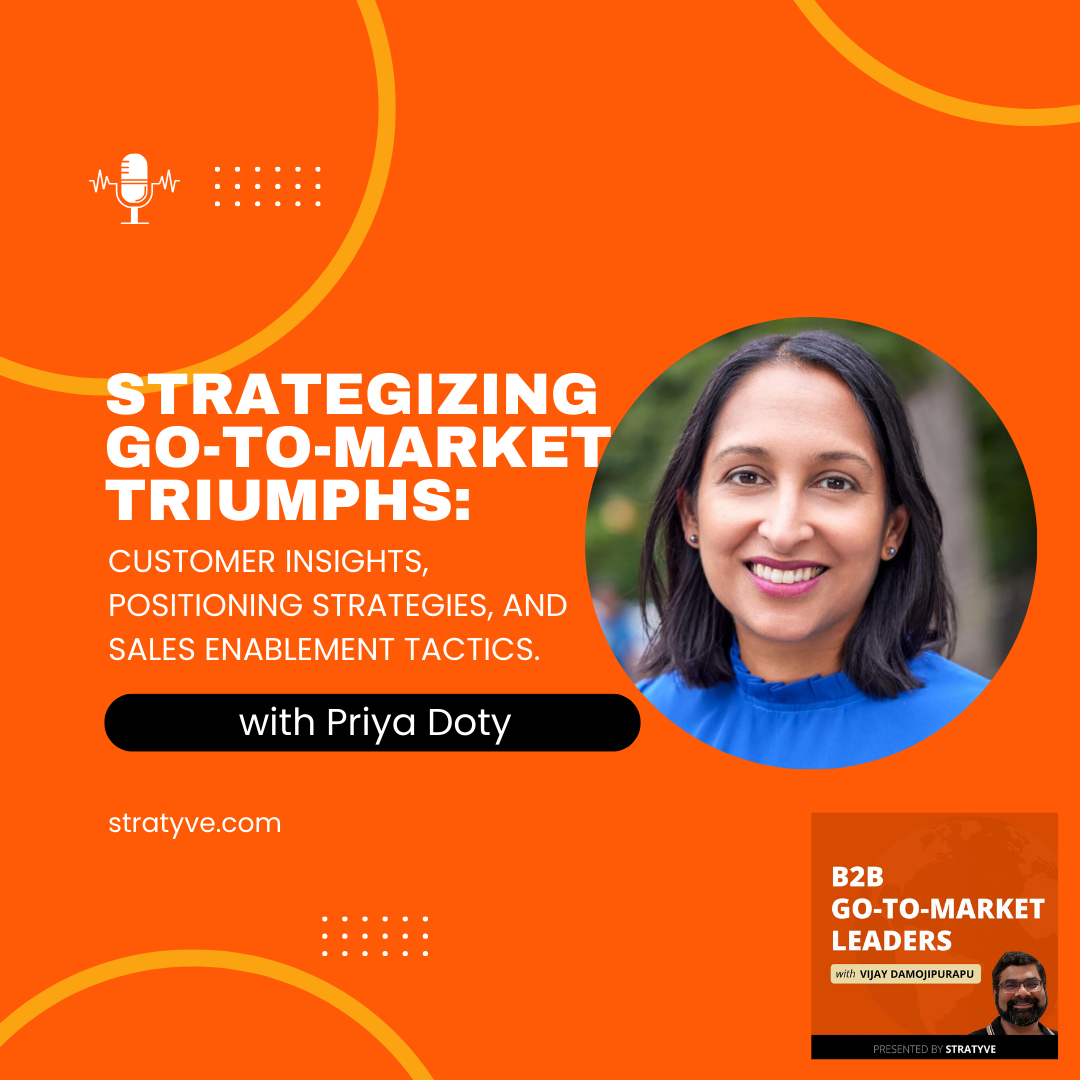
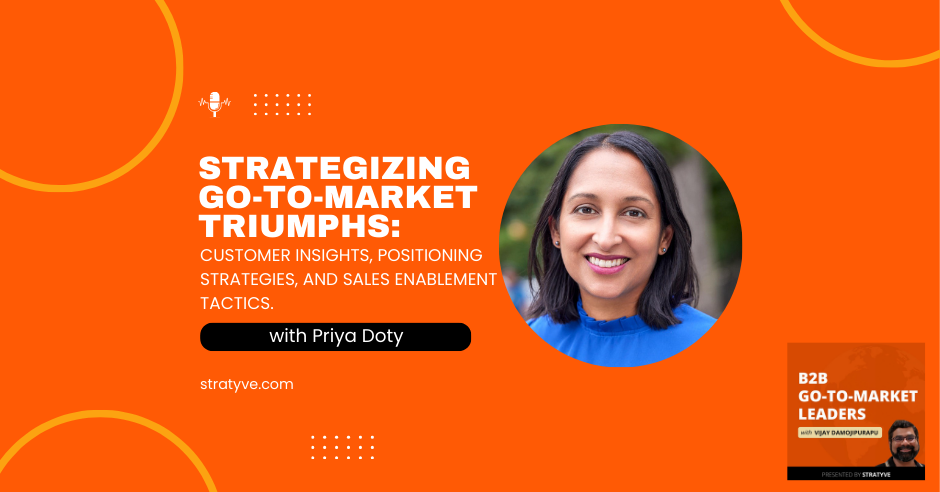
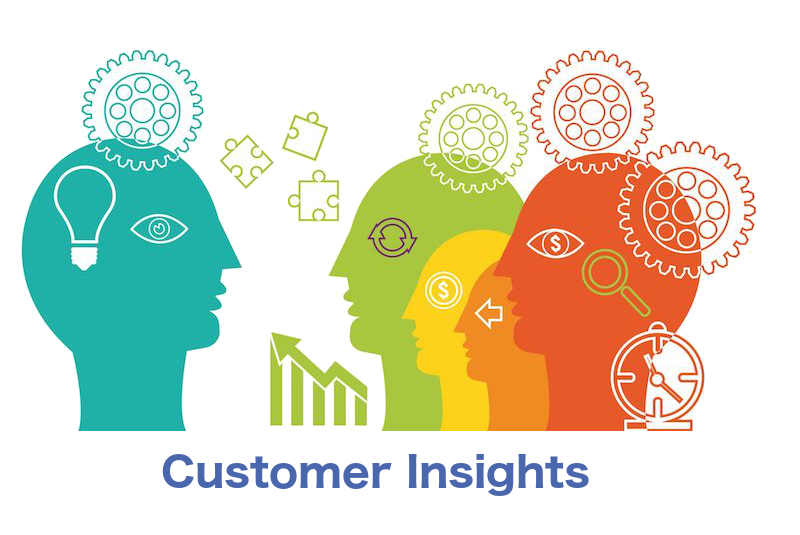

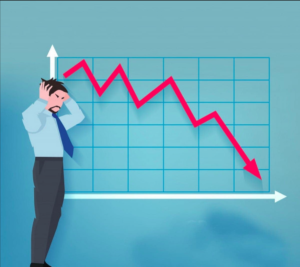
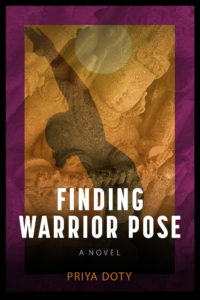
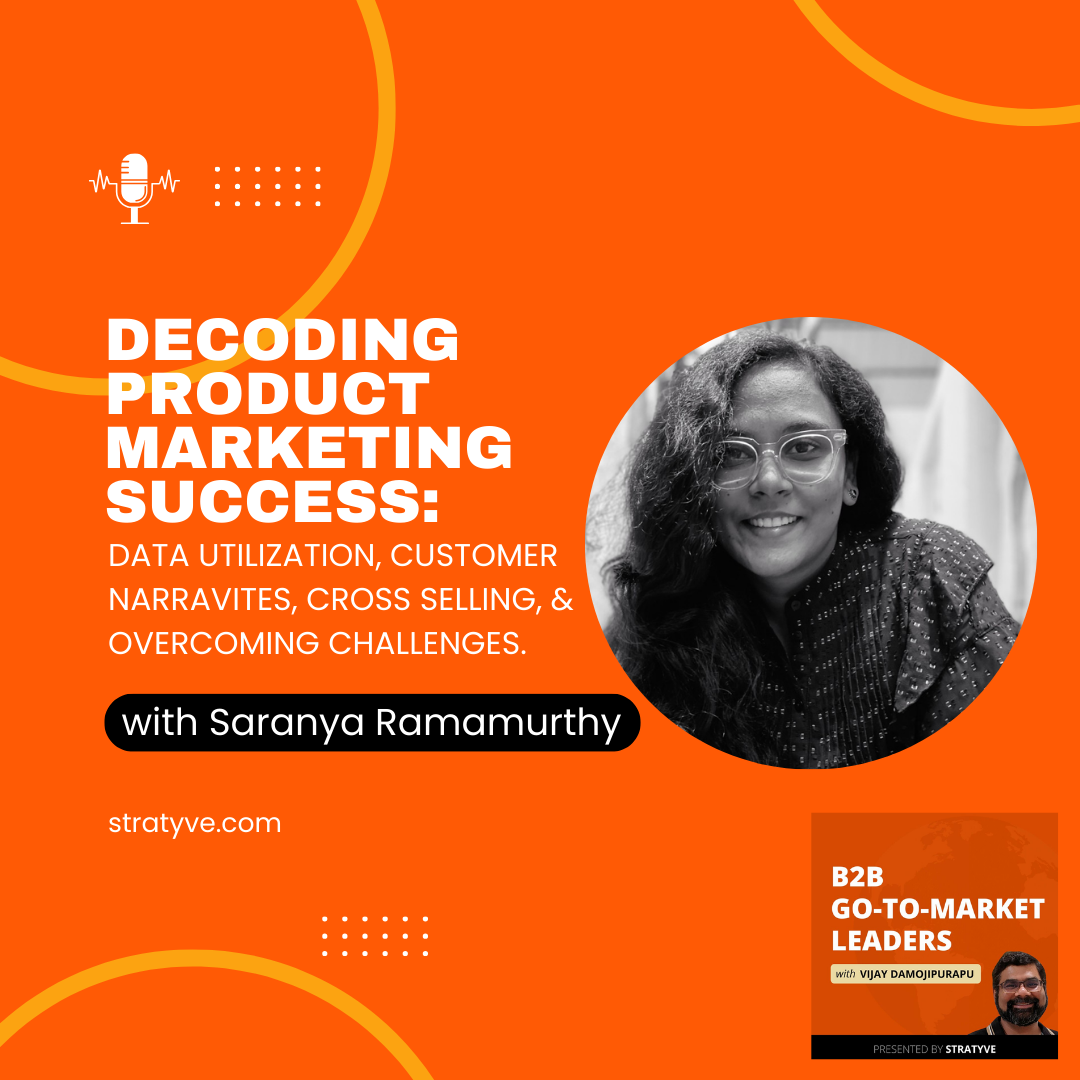
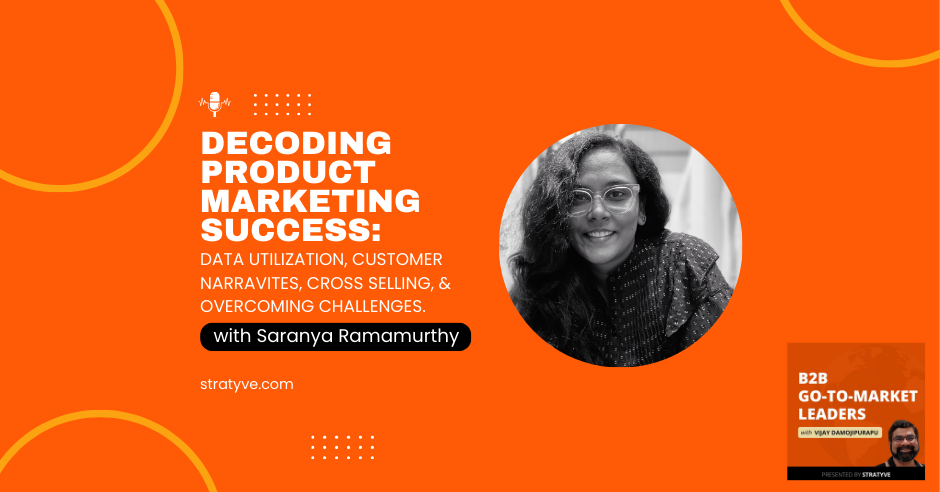
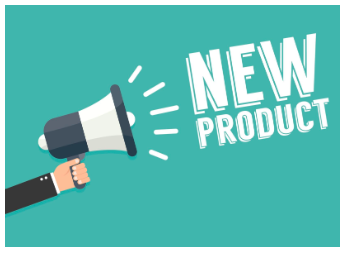
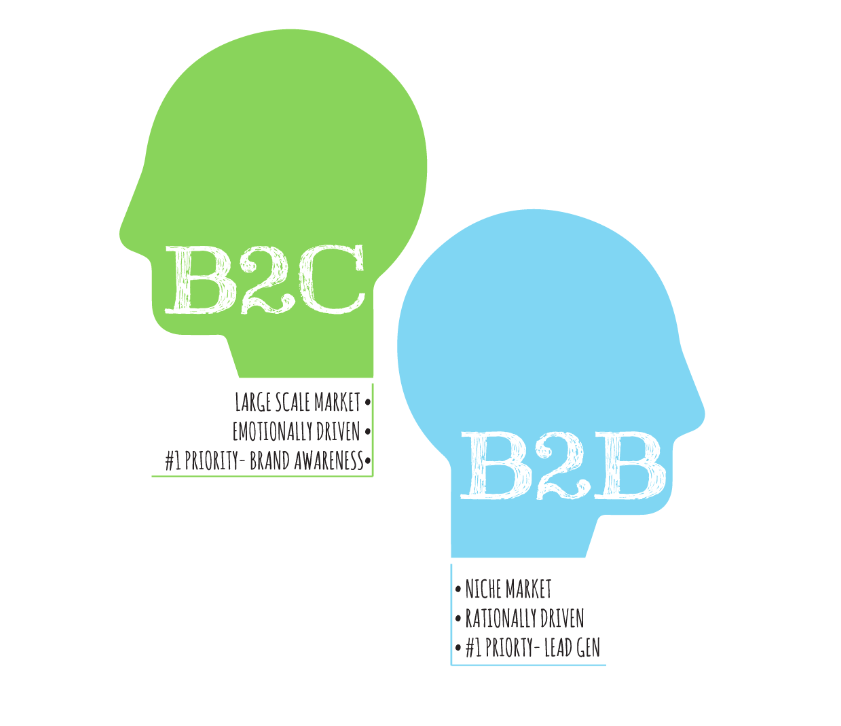
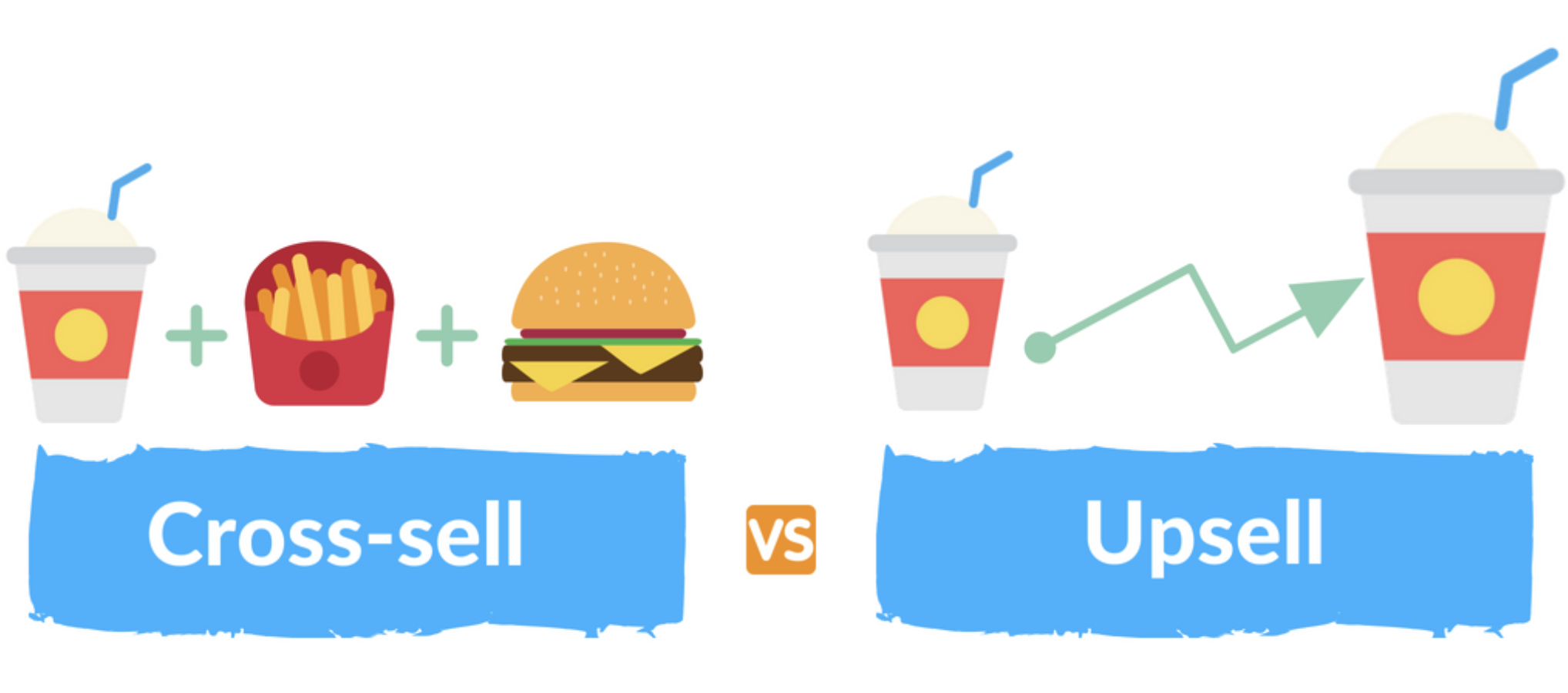

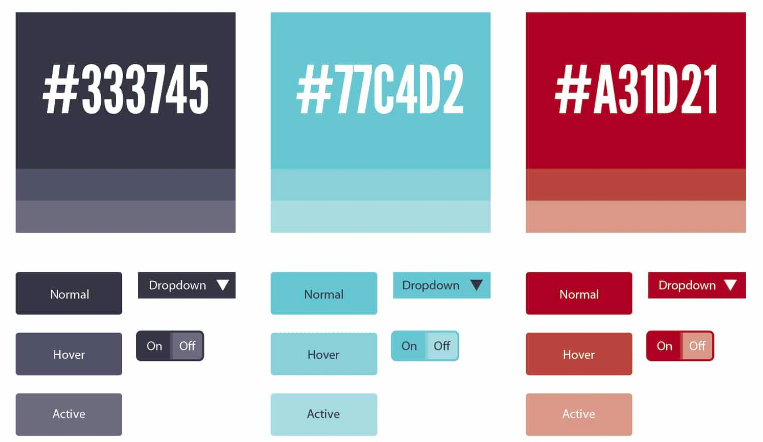

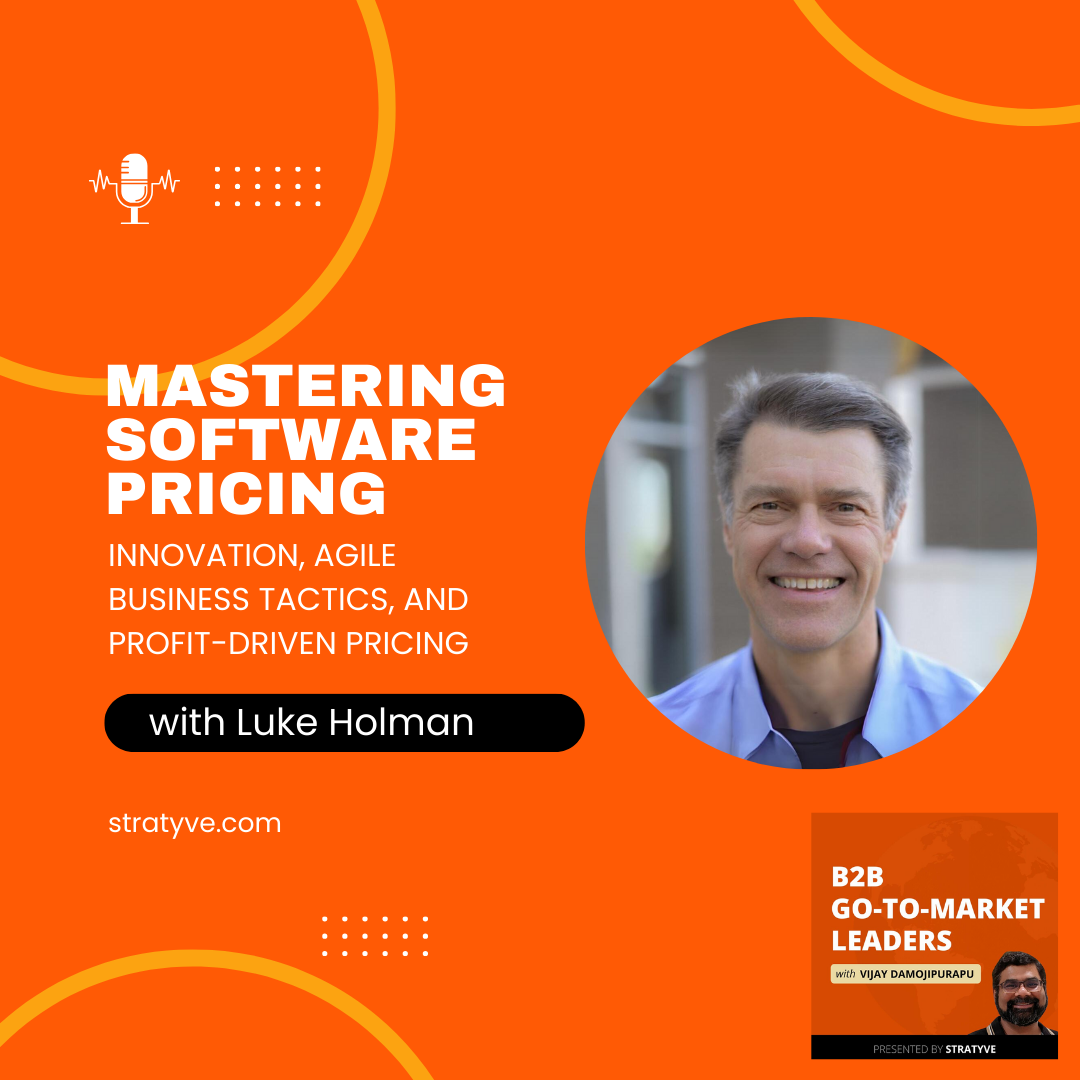
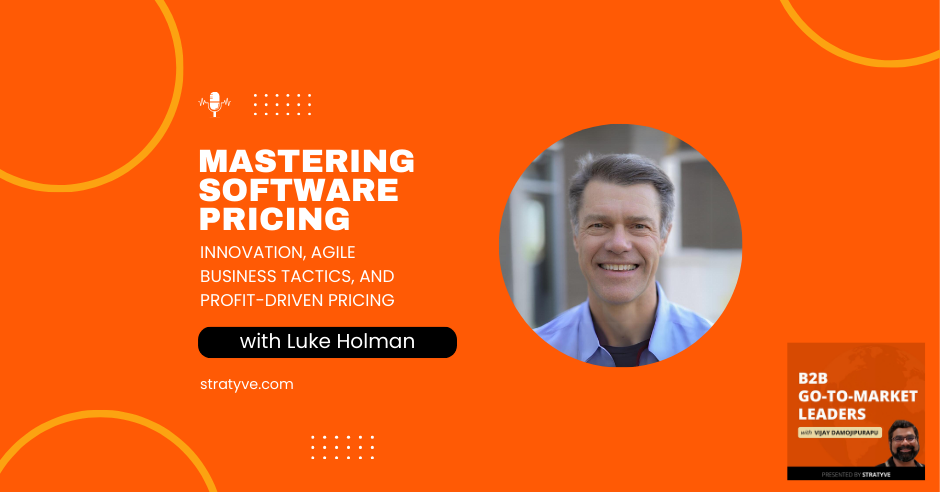

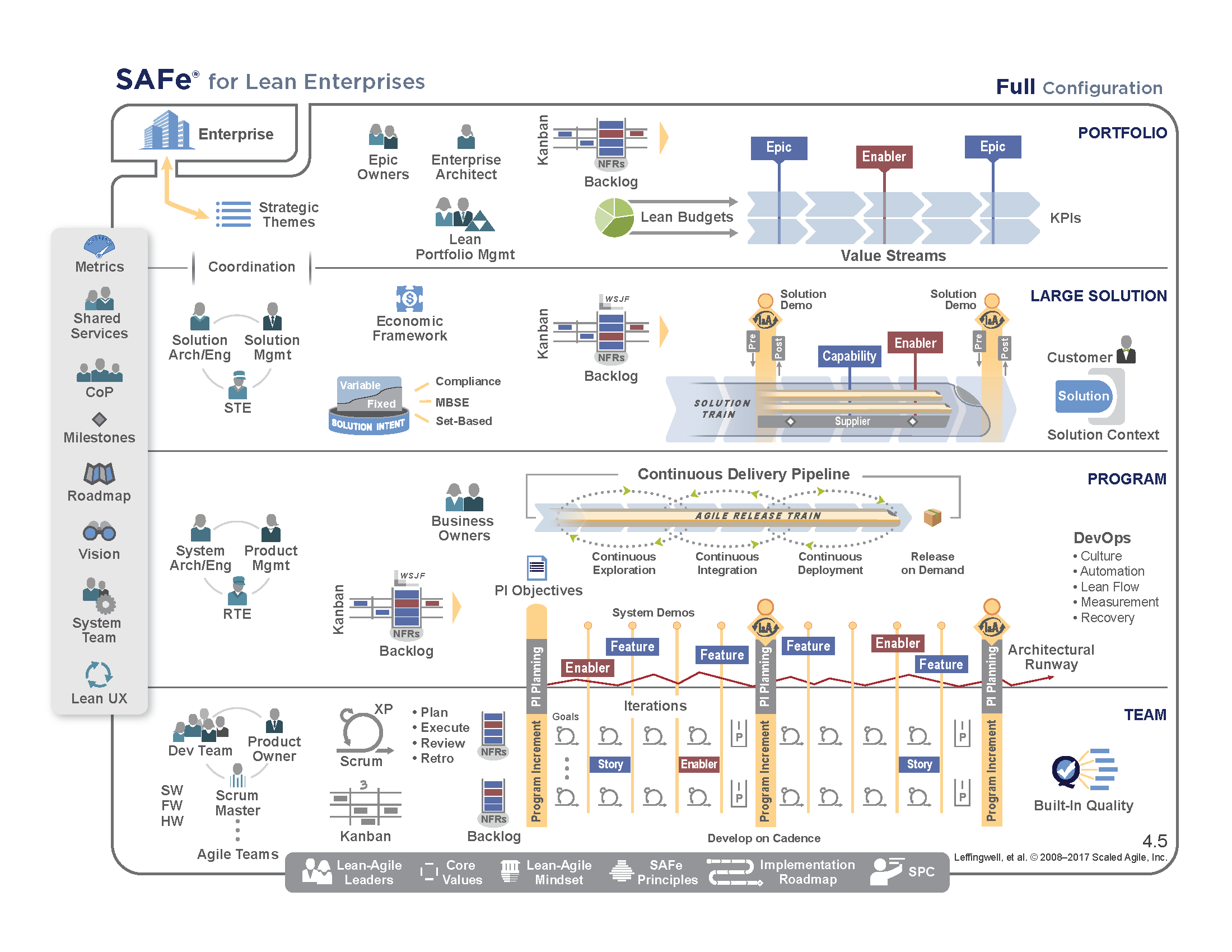
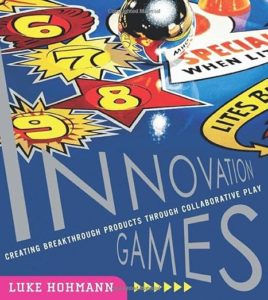
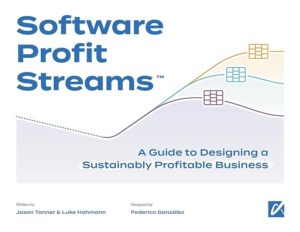
 Fantastic, a great story, and great success stories for both. So, I’ll click on each of them. CVS, you mentioned obviously it happened in the time of crisis, the COVID pandemic scenario. So what prompted CVS to reach out to you? I’m assuming they reached out to you, and who from CVS did that? And why?
Fantastic, a great story, and great success stories for both. So, I’ll click on each of them. CVS, you mentioned obviously it happened in the time of crisis, the COVID pandemic scenario. So what prompted CVS to reach out to you? I’m assuming they reached out to you, and who from CVS did that? And why?